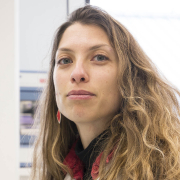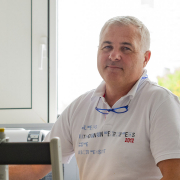Copyright : Laboratoire LEMAR- 2018
Thierry Bouvier (DR CNRS, UMR MARBEC, Monptpellier), Ika Paul-Pont pour le LEMAR
National
ANR (CE34)
Start Date
03/04/2025
End Date
03/04/2025
The massive presence of plastic debris in all the world's oceans is today a major ecological concern. Once in water, plastics are colonized by microorganisms according to a niche differentiation process forming a specific plastic-associated microbiome called plastisphere. Pathogenic bacteria that are naturally present in water, but at often very low concentrations, may find a niche favorable to their development. For instance, pathogens of marine animals (Tenacibaculum, Phormidium, Leptolyngby, Aeromonas), or humans (Vibrio parahaemolyticus, Escherichia coli, Vibrio cholerae) have been detected on floating microplastics. Multiple antibiotic resistance was also observed in bacterial members of the plastisphere community raising concern about the spread of antimicrobial-resistance. The general objective of VECTOPLASTIC project is to implement in situ and ex situ approaches in a "One Health" context to: (i) estimate the variability in abundance of plastic-associated potentially human pathogenic bacteria and their V&R-genes (PVR); (ii) follow their transfer and persistence into economically important species that are consumed by humans; (iii) describe the habits of consumers of the selected species, and to examine whether they are aware of the risk associated with plastics; and (iv) estimate a risk for human population, and to translate all results into knowledge and recommendations for better capacity building. The project will take place in the island state of Madagascar, a member of the "Least Developed Countries" group established by UNCTAD1. Madagascar is an appropriate study site to explore this issue as the island is characterized by high plastic accumulation in the shorelines, high reliance on seafood and fisheries activity (fish, sea cucumber, shrimp) and low rate of access to sanitation leading to contaminated coastal waters.
Laboratory Members
Contributors
- Laboratory MARBEC, Montpellier, France.
- Institut Halieutique et des Sciences Marine (IH.SM), University of Toliara, Madagascar
- Laboratory of Bacteriology, Hospital Arnaud de Villeneuve (CHU), Montpellier, France
- UMR MIVEGEC, MONTPELLIER
- Laboratory Environment Resources Provence Azur Corsica (LER/PAC), Bastia, France
- Laboratory Governance, Risk, Environment, Development (GRED), Montpellier, France










